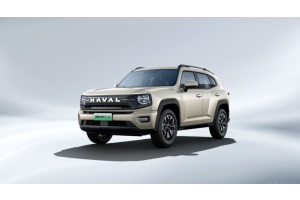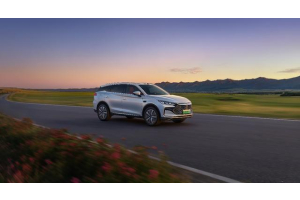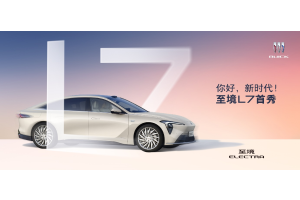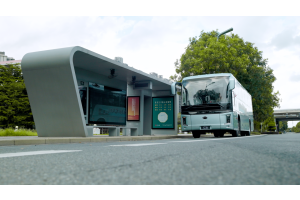China's Auto Giants Accelerate Global Expansion Amidst Evolving Market Dynamics

Chinese Automakers Accelerate Global Expansion Strategy
Pioneering Brands and Their Strategic Market Approaches
BYD made its official entry into the Swiss market on April 1-2 with events in Lugano and Bellinzona. The automaker introduced three models - the BYD SEAL, BYD SEALION 7, and SEAL U DM-i - covering both pure electric and plug-in hybrid options. Through partnership with local Swiss dealer Automotive Suisse, BYD plans to establish 15 sales outlets across Switzerland by the end of 2025.
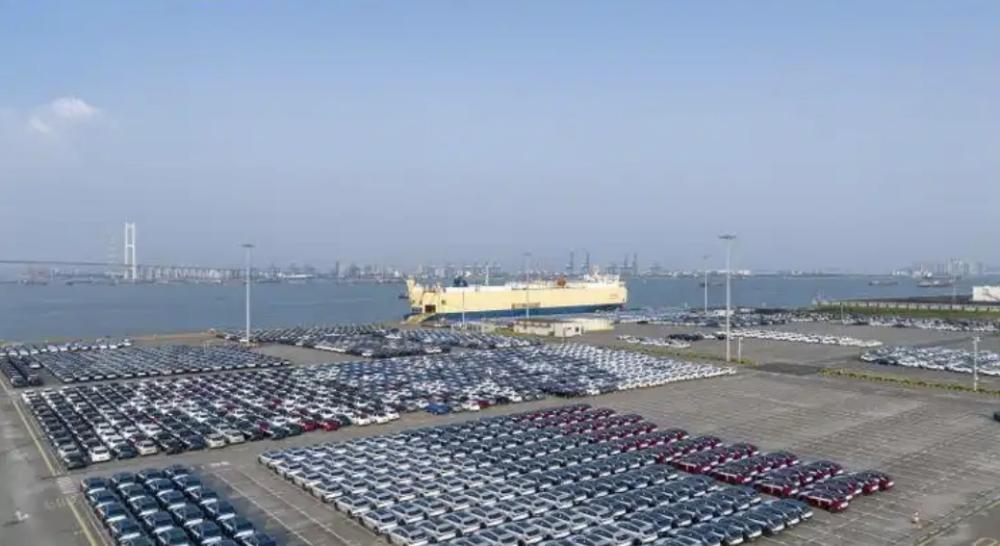
IM Motors showcased two global strategic models (IM6 and IM5) at the Melbourne Auto Show on April 5-6, with plans to launch in Australia by mid-year. The brand's advanced technology and premium positioning align well with Australian consumers' demands for safety, comfort and intelligent features.
XPeng Motors announced a strategic partnership with Bahrain's Ebrahim K. Kanoo automotive group on April 3, 2025, marking its entry into the Bahrain market. Three flagship models - the G6, G9 and X9 - will launch in Bahrain in the second half of 2025, leveraging Kanoo's established sales and service network.
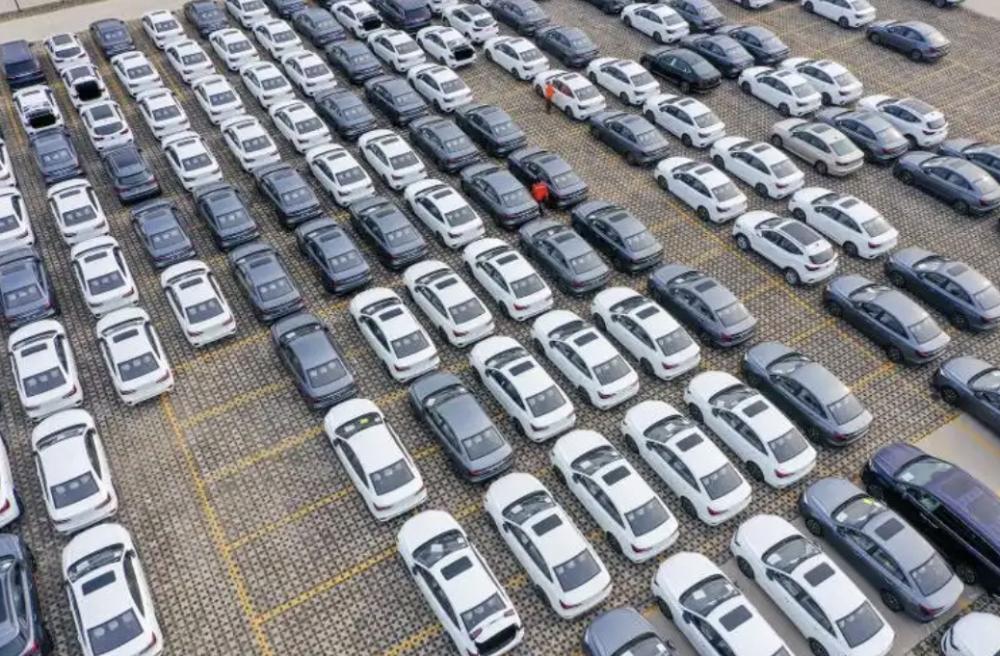
Global Production Capacity Expansion
Chinese automakers are rapidly establishing overseas production bases. BYD is building its largest overseas factory in Thailand with an annual capacity of 150,000 vehicles, while simultaneously developing its Hungary base to serve the European market and avoid high tariff barriers.
Chery Automobile has formed a joint venture with Spain's Ebro to target Southern European markets, with its Vietnam plant scheduled to begin production in 2026 aiming for 80% local parts sourcing to reduce costs and enhance competitiveness.
Geely operates six production bases across Eastern Europe and the Middle East, with plans to source 50% of its overseas sales from localized production by 2030, strengthening its global market position.
Supply Chain Globalization
CATL is constructing battery plants in Germany and Hungary to provide stable and cost-effective battery supply for local automakers.
NIO has invested in Hungary's energy infrastructure to reduce charging costs for European users and enhance brand appeal.
Export Volume and Market Composition
China's auto exports are projected to reach 6.7 million units in 2025, a 5.8% increase from 2024's 5.86 million units. While growth has moderated compared to previous years, this reflects Chinese automakers' transition to higher-quality overseas expansion.
Traditional internal combustion engine vehicles still dominate exports at 73% market share, primarily destined for Russia and Middle Eastern markets. Plug-in hybrids have shown remarkable growth exceeding 90% in Mexico and Brazil, benefiting from EU tariffs on pure electric vehicles.
Policy Challenges and Opportunities
The EU's increased tariffs on Chinese EVs have reduced their market share in Europe from 46% to 32%. Chinese manufacturers are responding by increasing exports through Eastern European countries like Hungary and Serbia, while boosting plug-in hybrid shipments.
New battery carbon footprint regulations require Chinese companies to establish comprehensive carbon management systems, creating pressure for greener supply chains.
Potential U.S. tariff hikes on Chinese NEVs and stricter import age restrictions in Central Asian countries present additional geopolitical and operational challenges.
Emerging Market Opportunities
The withdrawal of Western and Japanese automakers from Russia has created significant market share opportunities for Chinese brands.
Supportive new energy policies in Europe and Thailand provide favorable conditions for Chinese automakers' expansion.
Evolving Globalization Strategies
Chinese automakers are transitioning from simple export models to more sophisticated globalization approaches:
- Localized production: Establishing overseas manufacturing facilities with localized product development
- Brand partnerships: Forming joint ventures to share R&D and distribution networks
- Ecosystem collaboration: Building complete service chains from design to after-sales in overseas markets
- Reverse joint ventures: Technology exchanges with established global automakers, exemplified by XPeng's cooperation with Volkswagen Group
These strategies demonstrate Chinese automakers' growing influence in the global automotive industry as they evolve from "Made in China" to "Created in China".
Reported by TopUsedCars.com journalist Xiao Mi




